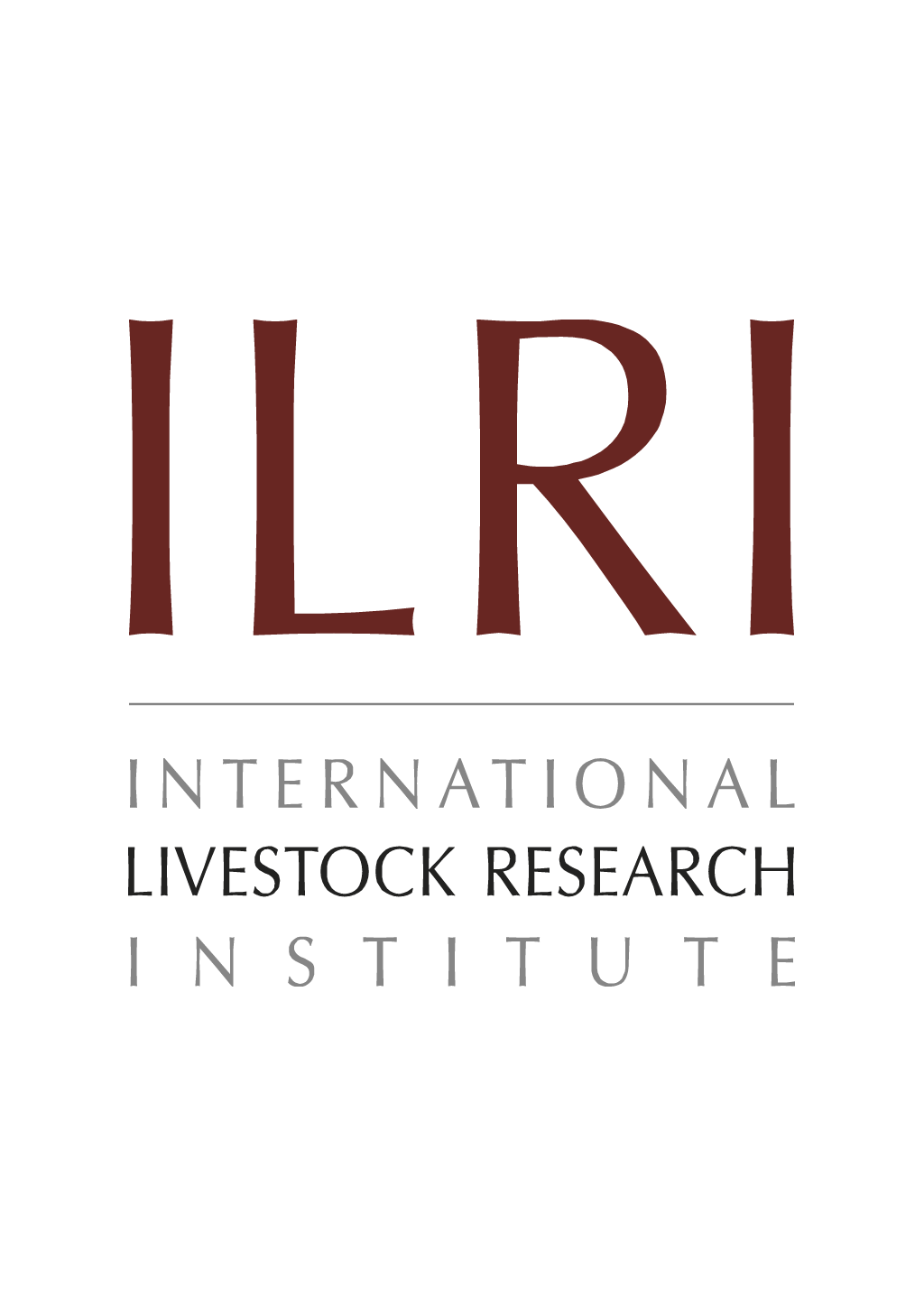
Utilization of browse supplements with varying tannin levels by Ethiopian Menz shee2. Nitrogen metabolism
Abstract
The effect of different condensed tannins concentrations on protein metabolism from browse supplements was investigated in a 90-day trial using sixty-six male Ethiopian Menz sheeTeff straw (Eragrostis tef) was fed ad libitum (control diet), or supplemented with 190 g dried leaves of six Sesbania sesban accessions with increasing levels of condensed tannin (S1, S2, S3, S4, S5 and S6), lablab (Dolichos lablab), tagasaste (Chamaecytisus palmensis), leucaena (Leucaena leucocephala) and goetzei (Sesbania goetzei) in a completely randomized block design. The condensed tannins were highest in goetzei; S6, S5 and leucaena, intermediate in S4, S3, S2 and S1, and lowest in tagasaste and lablab. The supplemented animals had significantly (P<0.05) higher total dry matter and nitrogen (N) intake than the ones fed teff straw alone. The digestibility of N was lower for the control diet than for any other treatment (P<0.05). S1 and S2 supplemented diets had significantly higher (P<0.05) N digestibilities than all other diets. Faecal N, urinary N and urinary N per kg N excreted were significantly different (P<0.0001) between diets. With increasing tannin levels (among Sesbania accessions) there was a significant decrease (P<0.05) in urinary N (S1>S2>S3>S4>S5), and an increase (P<0.05) in faecal N (S1S2>S3>S4>S5), and an increase in the estimated escape protein. The estimated rumen degradable protein (supplements) varied from 482 to 744 g kg-1 CP, while intestine digestible protein and the undegradable protein varied from 140 to 314 g kg-1 CP, hence the browses can supply adequate levels of rumen degradable and bypass protein.
Citation
Agroforestry Systems;39(2): 161-173




